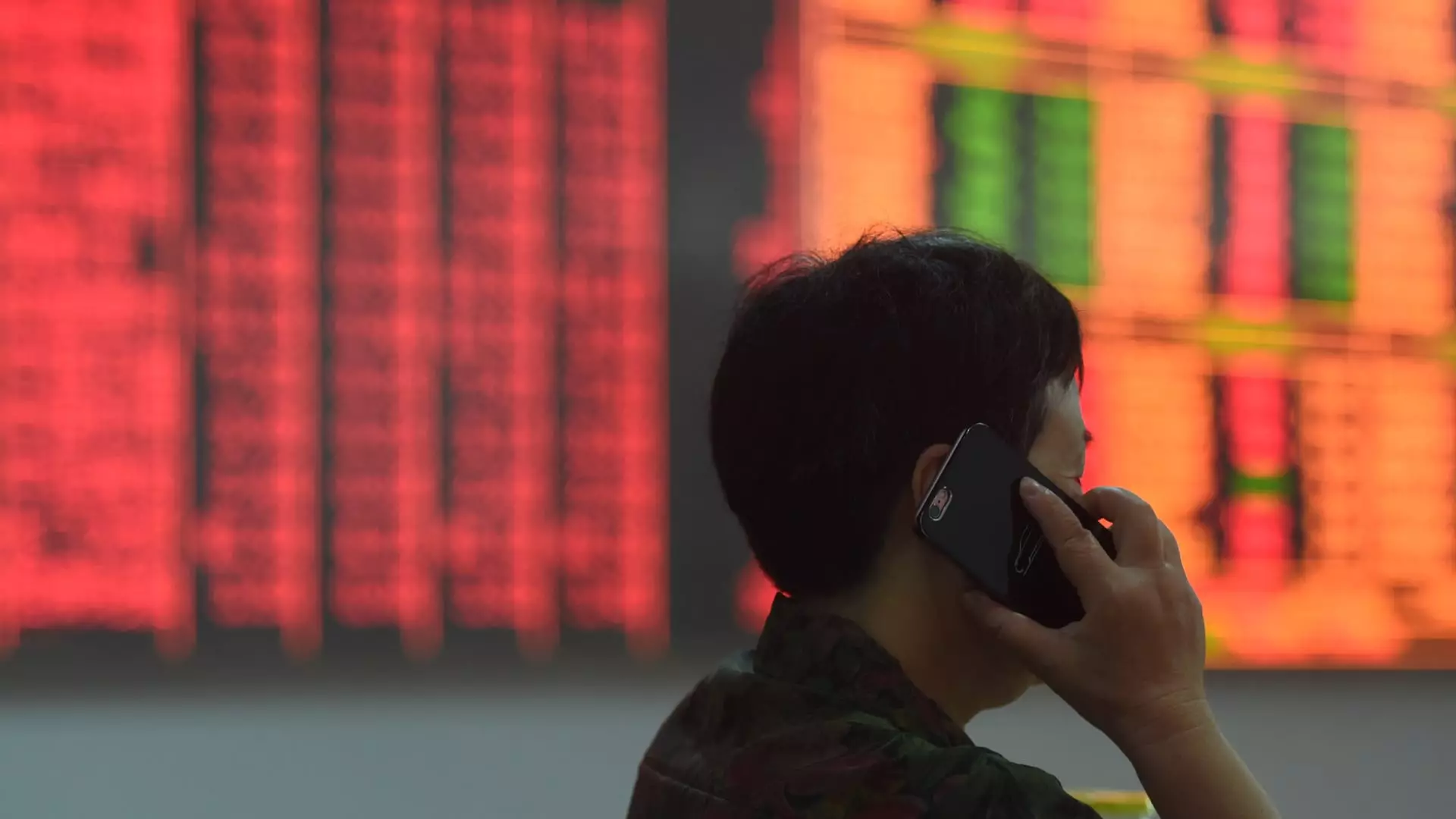China’s economy, often lauded for its rapid growth and development, is now faced with a host of challenges that threaten its trajectory of advancement. The recent strains in the real estate sector, sluggish retail sales, and declining industrial profits paint a sobering picture of the country’s economic health. As the second-largest economy in the world grapples with stagnation, the government has begun to unveil strategies that could reshape investor sentiment. Yet, as analysts underscore, these policies must do more than just provide temporary relief; they necessitate a coherent and long-term vision capable of tackling entrenched issues.
Market Reactions and Policy Signals
The announcement of a Politburo meeting led by President Xi Jinping elicited a significant market response, with the Shanghai Composite Index climbing to a three-month high. This reaction signals a growing investor appetite for signs of decisive action from the Chinese government. The meeting’s focus on halting the downturn in the property market and reinforcing fiscal and monetary policies demonstrated an acknowledgment of the ongoing economic distress. However, for the boost in sentiment to be sustained, specifics are essential. Analysts, including Ting Lu of Nomura, argue that while the ‘shock and awe’ approach may stimulate initial interest, sustainable recovery hinges on practical and well-structured policies that target underlying economic weaknesses.
The real estate market, currently in its fourth year of contraction, remains a critical concern for policymakers. With retail sales barely rising above 2% and industrial profits stagnating, there is an urgent need to stabilize this sector, which has long been a pillar of China’s economic structure. However, economic forecasts indicate that even substantial stimulus measures may only translate to a 3% uptick in annual GDP—a figure that might not suffice in reversing the negative trend. Consequently, it becomes paramount for market stakeholders to scrutinize the effectiveness and innovative design of any forthcoming stimulus packages, as poorly crafted initiatives risk prolonging stagnation rather than invigorating growth.
The Impact of Interest Rate Cuts
Recent cuts to interest rates by the People’s Bank of China have been a key element of the government’s strategy to restore confidence and drain some of the pessimism that has gripped consumers and businesses alike. Despite intentions to lower mortgage rates, skepticism persists among financial experts. Paul Christopher of Wells Fargo suggests that merely reducing borrowing costs is insufficient if the underlying fear surrounding debt remains unaddressed. The contraction in corporate borrowing, despite low interest rates, serves as a testament to the prevalent mistrust towards economic recovery efforts.
The psychological scars left by previous regulatory crackdowns on various industries, including real estate and education, have contributed to a climate of fear among consumers and investors. Addressing this erosion of confidence is crucial for fostering a conducive environment for economic recovery. The central government’s recent gestures may not yield immediate results, as the collective memory of past instability continues to overshadow public sentiment. As highlighted by Shehzad Qazi from the China Beige Book, the potential for a wealth effect driven by rising stock prices is overshadowed by the overwhelming loss in property value, signaling a complex challenge for policymakers.
Global Perceptions and Market Dynamics
The international dimension of China’s economic situation cannot be overlooked. Changes in the U.S. Federal Reserve’s approach to monetary policy have global ramifications. Many investors are looking toward China with renewed interest, indicating a potential shift in sentiment that aligns with global economic trends. David Tepper, a noted figure in the financial world, recently articulated this shift, emphasizing his enhanced exposure to Chinese stocks based on evolving market conditions. However, while these signals are encouraging, their realization hinges on the government’s commitment and ability to implement structural reforms.
As China endeavors to navigate its current economic tumult, the effectiveness of its policy responses will ultimately determine the pathway to recovery. The government must transition from reactive measures aimed merely at boosting market sentiment to proactive strategies that address the systemic issues at play. A thriving capital market is essential for fostering sustainable growth, and the recent Politburo meeting marks a crucial step in acknowledging this need. Nevertheless, translating intent into actionable solutions will require a concerted effort from policymakers to rebuild confidence among consumers and businesses alike. In a global landscape riddled with uncertainty, China’s ability to adapt will not only influence its economy but will also have far-reaching implications for the international market at large.

